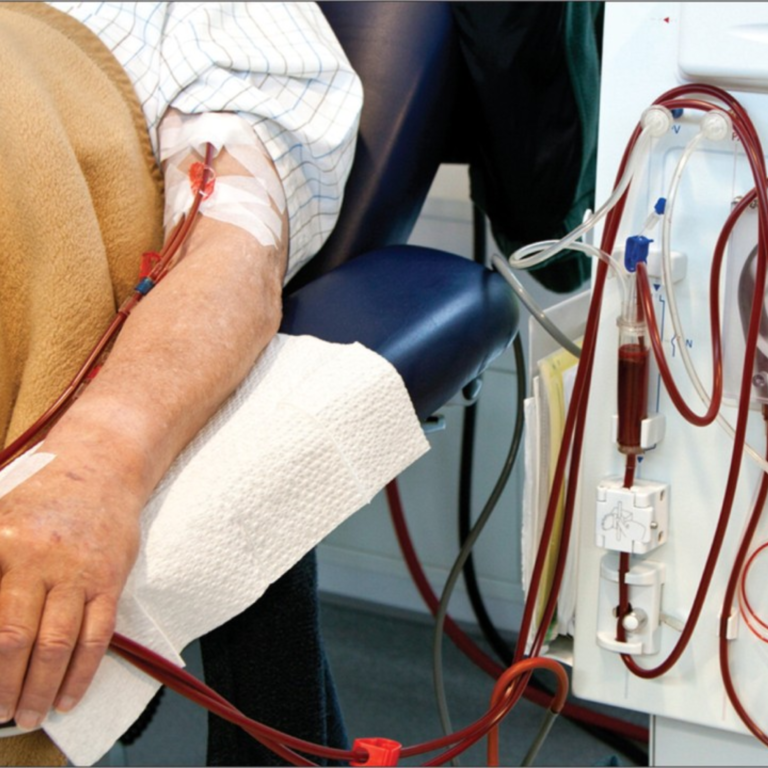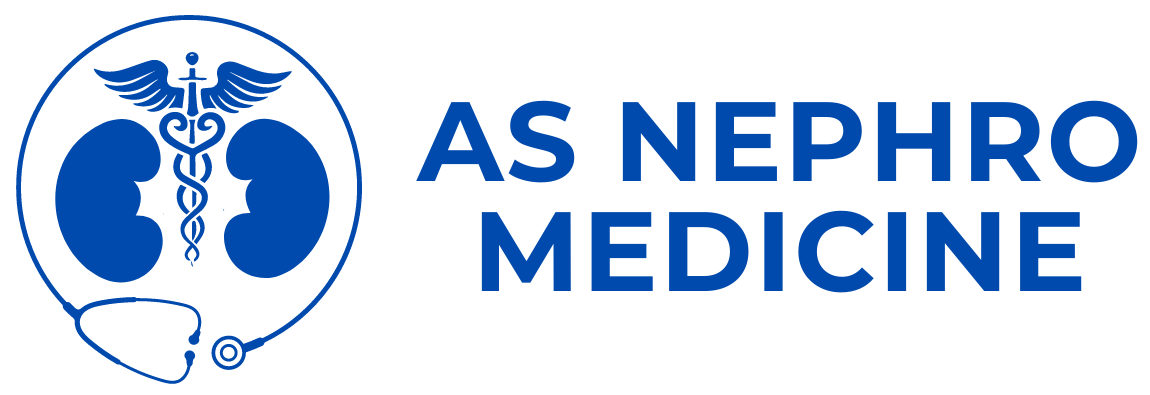
What is Renal Replacement Therapy?

Types of Renal Replacement Therapy
Hemodialysis – Hemodialysis is the most common form of RRT. It involves the use of a dialyzer, also known as an artificial kidney, to filter blood outside the body.
Peritoneal Dialysis – Peritoneal dialysis uses the lining of the abdominal cavity (peritoneum) as a natural filter to cleanse the blood.
Continuous Renal Replacement Therapy (CRRT) – CRRT is primarily used for critically ill patients in intensive care units (ICUs). It is a slower and continuous process, providing gentle filtration over 24 hours.
Kidney Transplant – A kidney transplant is considered the best long-term solution for eligible patients. It involves surgically placing a healthy kidney from a donor into the patient’s body.
Benefits of Renal Replacement Therapy
- Improved Quality of Life: By effectively managing waste and fluid levels, RRT helps alleviate symptoms of kidney failure, allowing patients to lead more active and fulfilling lives.
- Extended Lifespan: RRT can prolong the lives of patients with severe kidney dysfunction, providing them with the opportunity to undergo kidney transplantation when possible.
- Flexibility in Treatment: Various RRT options cater to different patient needs, offering flexibility in treatment plans and lifestyles.
FAQs
Individuals with end-stage renal disease (ESRD) or severe chronic kidney disease (CKD) who have lost most of their kidney function may need RRT. This is typically determined by a nephrologist based on symptoms and lab results indicating poor kidney function.
Hemodialysis is typically required three times a week, with each session lasting about 3-5 hours. The frequency and duration can vary based on the individual’s health condition and doctor’s recommendation.
Each type of RRT has its risks:
- Hemodialysis: Infection, low blood pressure, muscle cramps.
- Peritoneal Dialysis: Peritonitis (infection of the peritoneum), hernia, weight gain.
- Kidney Transplant: Rejection of the new kidney, infection, side effects of immunosuppressive drugs.
Patients may need to follow a special diet, take medications, and maintain fluid restrictions. Regular medical check-ups and adherence to the treatment schedule are crucial. Exercise and avoiding smoking and excessive alcohol can also be beneficial.
Support can come from healthcare teams, including doctors, nurses, dietitians, social workers, and patient support groups. Mental health counseling and financial assistance programs may also be available.
